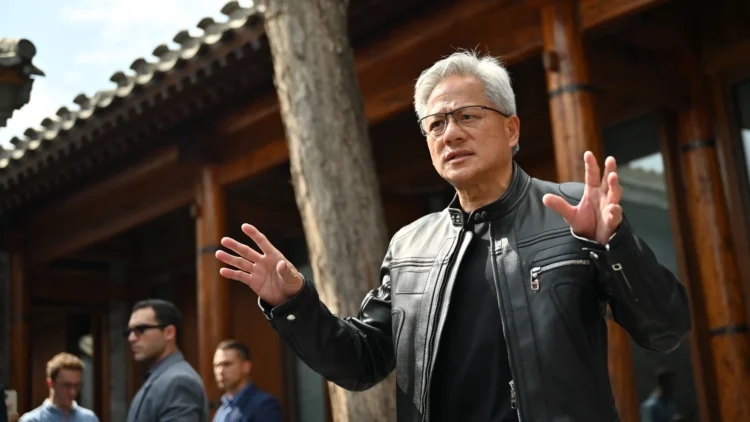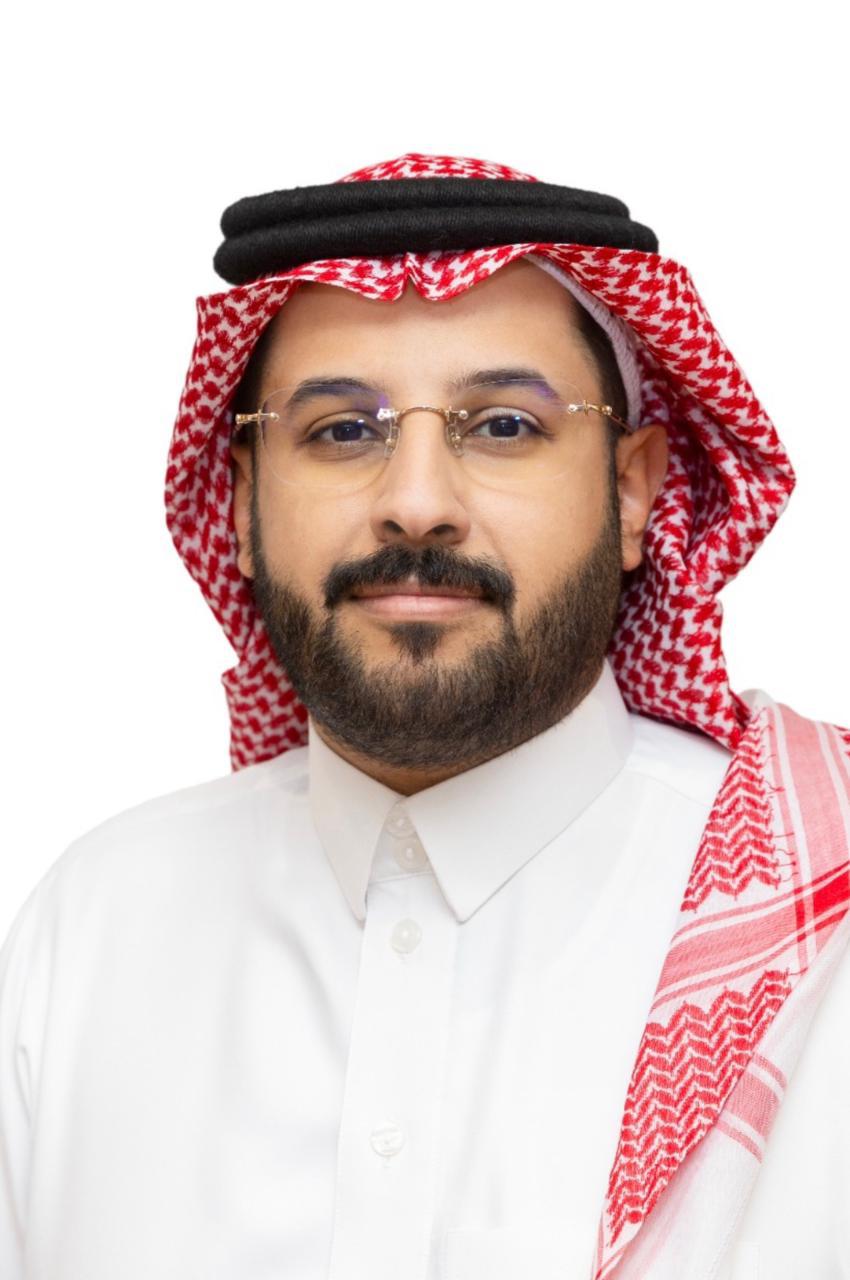Publisher: Maaal International Media Company
License: 465734
NVIDIA CEO: If I Could Go Back 20 Years, I Would Choose This College!
NVIDIA CEO Jensen Huang said that if he were a student again, he would focus on the physical sciences. During a recent trip to Beijing, a reporter asked Huang, “If you were Jensen, a 22-year-old freshman in 2025, but with the same ambition, what would you focus on?” Huang responded.
The NVIDIA CEO added, “For a 20-year-old Jensen who graduated now, he would likely choose physical sciences over software science,” adding that he graduated from university two years early, at the age of 20.
Physical sciences, unlike life sciences, are a broad branch focused on the study of non-living systems, including physics, chemistry, astronomy, and earth sciences. Huang earned a degree in electrical engineering from Oregon State University in 1984 before earning a master’s degree in electrical engineering from Stanford University in 1992, according to his LinkedIn profile.
اقرأ المزيد
A year later, in April 1993, Huang co-founded Nvidia with fellow engineers Chris Malakowski and Curtis Bream over a meal at a Denny’s restaurant in San Jose, California. Under Huang’s leadership as CEO, the chipmaker is now the world’s most valuable company.
Nvidia also recently became the world’s first company to reach a market capitalization of $4 trillion. Although Huang did not explain why he said he would study physics if he went back to school today, the technology founder is very optimistic about “physical AI,” or what he calls “the next wave.” Over the past decade and a half, the world has gone through several phases of artificial intelligence.
Huang added: “Looking ahead, the next wave is ‘physical AI.'” “The next wave requires us to understand things like the laws of physics, friction, inertia, and cause and effect,” Huang said in Washington, D.C., in April. He noted that physical reasoning abilities, such as the concept of the permanence of objects—or the fact that they continue to exist even when they are out of sight—will be crucial in this next phase of AI.








